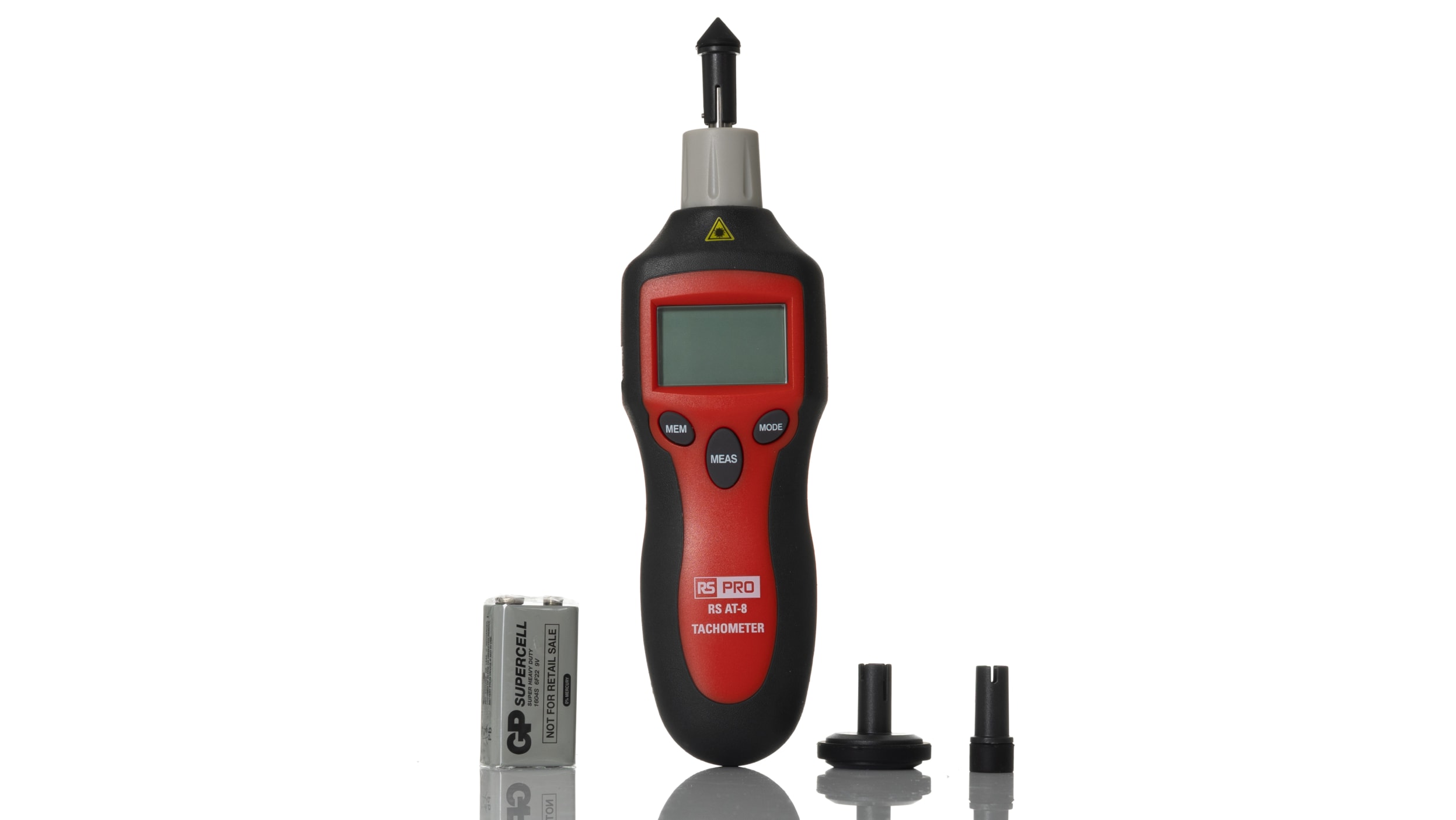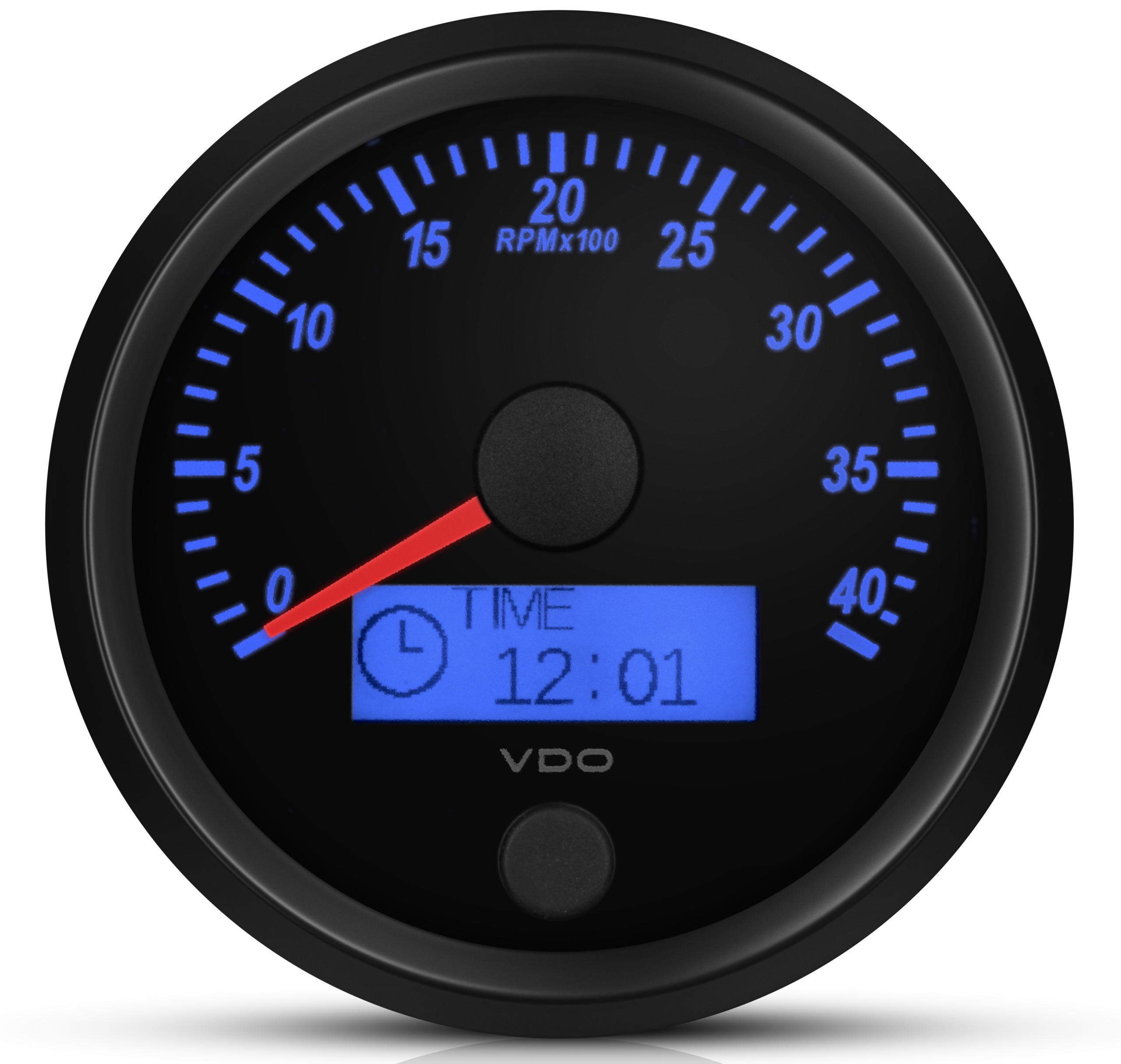The Significance of a Tachometer in Keeping An Eye On Engine Speed and Performance in Automotive Applications
In the world of vehicle engineering, the tachometer stands as a crucial instrument in the chauffeur's toolbox, giving a direct home window into the inner operations of an automobile's engine. Beyond its feature as a simple scale of revolutions per minute (RPM), the tachometer serves as a vital tool for fanatics and experts alike, offering real-time understandings right into engine performance and wellness. Recognizing the significance of this gadget surpasses surface-level monitorings, diving into the intricate connection between engine speed, power output, and total driving experience. As we explore the multifaceted function of the tachometer in automobile applications, a much deeper recognition for its effect on car dynamics and efficiency starts to emerge.
Value of Keeping Track Of Engine RPM
Keeping track of engine RPM, or changes per minute, is an important element of automotive maintenance and performance analysis. Engine RPM directly correlates with the rate at which the engine's crankshaft turns, showing how promptly the engine is running - tachometer. By keeping an eye on RPM, mechanics can examine the health of the engine, detect possible concerns, and fine-tune performance. An unusual RPM reading may signal issues such as engine misfires, faulty trigger plugs, or issues with the gas delivery system. Constantly high RPM readings can suggest hostile driving habits or the requirement for a greater equipment change to improve fuel effectiveness.
Moreover, checking engine RPM is necessary for efficiency analysis in racing and high-performance vehicles. Maintaining optimal RPM degrees is essential for attaining peak power output and velocity. Racers frequently use tachometers to guarantee they are running within the excellent RPM array for maximum efficiency. In recap, keeping track of engine RPM is not only vital for finding concerns but also for optimizing engine performance in various automobile applications.

Advantages of Real-Time Data
In automobile applications, real-time data plays an essential function in supplying instant understandings right into the performance and problem of the automobile. By constantly keeping an eye on numerous specifications such as engine rate, temperature, gas intake, and extra, real-time information offers various advantages that add to boosted performance and safety on the road.
One significant benefit of real-time information is its capability to alert vehicle drivers and technicians to any type of abnormalities or concerns immediately. This aggressive technique enables quick identification of prospective problems, permitting prompt interventions to avoid more damages or malfunctions. In addition, real-time information assists in performance optimization by supplying prompt responses on driving practices and engine effectiveness. Motorists can readjust their habits in real-time based upon this details to accomplish far better fuel economy and prolong the life-span of their vehicle.

Moreover, real-time data plays a vital function in modern-day vehicle diagnostics, enabling professionals to promptly diagnose and address malfunctions. This leads to reduced downtime, reduced upkeep costs, and eventually, enhanced total automobile reliability and durability (tachometer). By taking advantage of the power of real-time information, automotive stakeholders can make educated decisions that favorably impact both the Recommended Reading performance and longevity of the automobile
Effect On Gear Shifts
The tachometer plays a critical function in enhancing equipment shifts by offering real-time engine rate data to the vehicle driver. When coming close to the redline on the tachometer, it signals the driver to upshift to protect against over-revving the engine and causing possible damages.
Additionally, the tachometer aids over here in attaining smoother equipment transitions, especially in hand-operated transmissions. By monitoring engine rate, drivers can execute gear changes at the optimum RPM range, lowering snagging movements and decreasing wear on the transmission elements. This precision in gear changes not only boosts driving convenience but also adds to sustain efficiency.
Enhancing Gas Performance
Provided the essential function the tachometer plays in enhancing equipment changes for efficiency and engine health and wellness, it straight adds to making the most of fuel performance in automobile applications. By supplying real-time comments on engine rate, the tachometer assists motorists in preserving the most efficient RPM range for gas economic climate. When vehicle drivers continually monitor the tachometer and readjust their motoring routines appropriately, they can prevent unneeded fuel consumption caused by over-revving or hauling the engine.
Moreover, the tachometer helps vehicle drivers recognize one of the most fuel-efficient gear to be in at any kind of provided minute, preventing the engine from functioning tougher he said than necessary. This is especially vital during velocity and cruising, where remaining in the ideal gear can substantially affect gas performance. Additionally, the tachometer can alert motorists to possible mechanical concerns that might be negatively impacting fuel economy, such as a slipping clutch or a blocked air filter. In final thought, the tachometer functions as a useful tool in enhancing gas effectiveness by advertising optimum driving behaviors and identifying locations for enhancement in the automobile's efficiency.

Making Best Use Of Engine Longevity
The tachometer's duty in keeping track of engine rate and performance is instrumental in making certain the durability of auto engines. Keeping track of the tachometer permits chauffeurs to remain within the recommended RPM array for their car, protecting against unnecessary stress on the engine and extending its life expectancy.

Conclusion
Finally, the tachometer plays a vital function in checking engine speed and efficiency in vehicle applications. By providing real-time information on RPM, it enables reliable gear changes, enhanced gas efficiency, and maximized engine durability. This device is necessary for maintaining ideal engine performance and making sure the total performance of a vehicle.